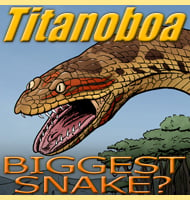In Depth
Further Reading
Further reading- Ancient DNA evidence for the loss of a highly divergent brown bear clade during historical times. – Molecular Ecology 17 (8): 1962–1970. S. Calvignac, S. Hughes, C. Tougard, J. Michaux, M. Thevenot, M. Philippe, W. Hamdine & C. Hanni – 2008.








